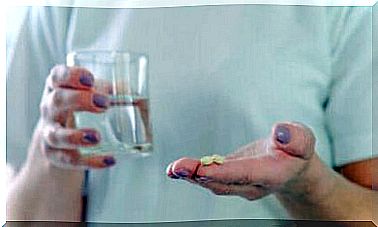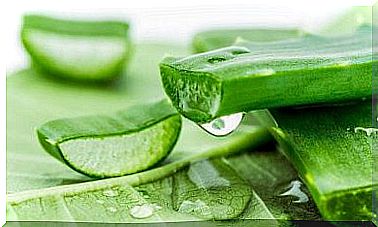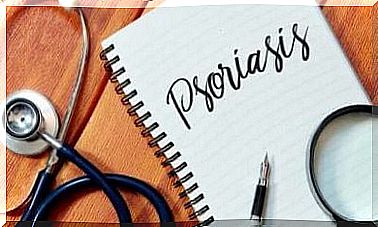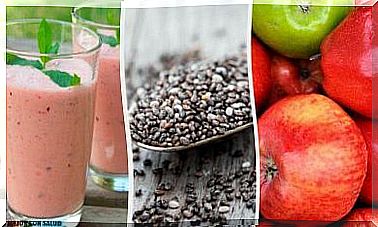What Is Ovulatory Pain And When Does It Occur?

Ovulation pain usually occurs on one side of your abdomen in the middle of your menstrual cycle as ovulation is near or has already occurred. It can cause pain if it is repeated often.
Many women experience various problems during their periods. But this is not the only time in the menstrual cycle that can cause discomfort. There is also ovulatory pain , which, as the name suggests, occurs when you ovulate.
Ovulatory pain usually occurs on the days you ovulate. That is, around day 14 of the cycle. Ovulation is the process by which an egg moves from the ovary to the fallopian tube.
This process is accompanied by inflammation, a hormonal spike and a series of events that can cause abdominal discomfort. It is estimated that almost 20% of women experience this type of pain. In this article, we explain what you need to know about him.
What is ovulatory pain?
Ovulatory pain begins with the process of ovulation. This event occurs in the middle of the menstrual cycle. Logically, it only occurs in women of childbearing age and menstruating.
During ovulation, one of the ovary-containing follicles grows larger. The walls of the ovary dilate and become inflamed, and when the time comes, the follicle ruptures.
This rupture and release of the egg is sometimes accompanied by the blood and fluid that was in the follicle. These fluids reach the peritoneum, which is the inner lining of the abdomen. The peritoneum becomes irritated, which causes pain.
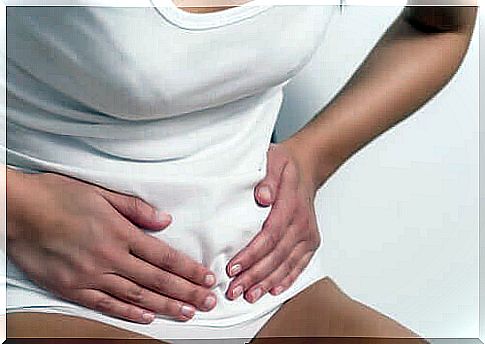
Therefore , ovulatory pain does not occur exactly at the time of ovulation, but may occur slightly before it and persist after it. During each cycle, only one of the two ovaries carries out ovulation. Therefore, ovulatory pain only occurs on one side of the abdomen.
Many women experience this pain during each cycle, although others only experience it occasionally. In addition, the pain changes sides during successive cycles. Even the duration is variable as it can last for several minutes or last for hours.
To distinguish ovulatory pain from other conditions, it is important for a woman to know her menstrual cycle. The fact that it is pain on one side of the lower abdomen and that coincides with ovulation can facilitate diagnosis.
Ovulation pain – how to deal with it?
In the event of pain or discomfort, it is ideal to see a doctor to find the cause. It is important to explain the pain characteristics to your doctor, because only in this way can ovulatory pain be diagnosed. Sometimes gynecological and ultrasound examinations are performed to rule out other diseases.
Certain general measures can help treat ovulatory pain. For example, warm compresses on the abdomen or rest when discomfort occurs. The truth is, most women don’t need any other treatment.
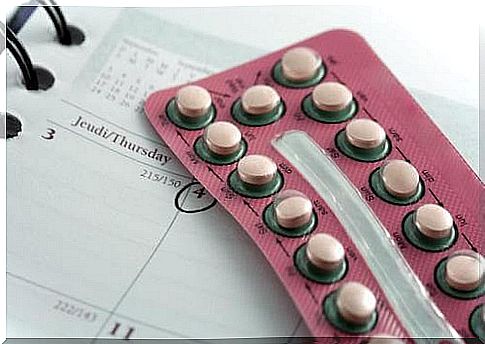
However, there are medications that can help if the pain is too severe. The use of non-steroidal anti-inflammatory drugs (NSAIDs) such as ibuprofen is most recommended. They contribute significantly to the reduction of inflammation and pain and are sold over the counter.
Another alternative is the use of oral contraceptives. The mechanism of their action is the prevention of ovulation. In this way, they also eliminate all possible irritating events associated with it.
Summary
Ovulatory pain is one of the negative consequences of the menstrual cycle. Every woman works differently and only about 20% suffer from ovulatory pain. In addition, this pain can have different characteristics and change with each cycle.
Therefore, it is important to know how to distinguish it from other diseases. If it becomes too bothersome or interferes with normal functioning, be sure to see a doctor. He will try to choose the best solution for your problem.
